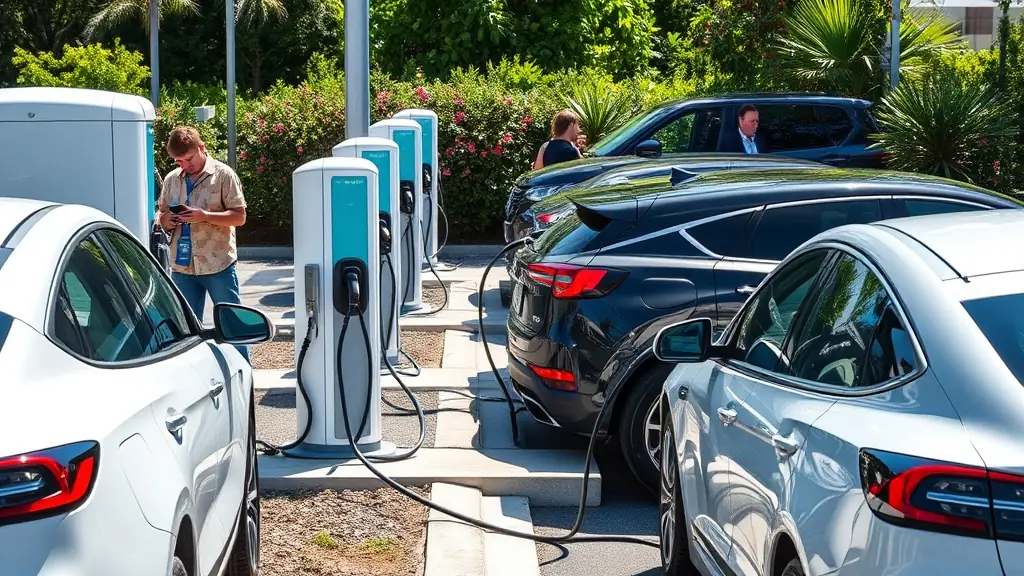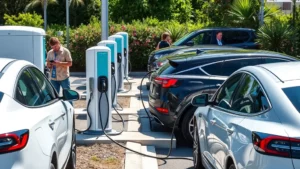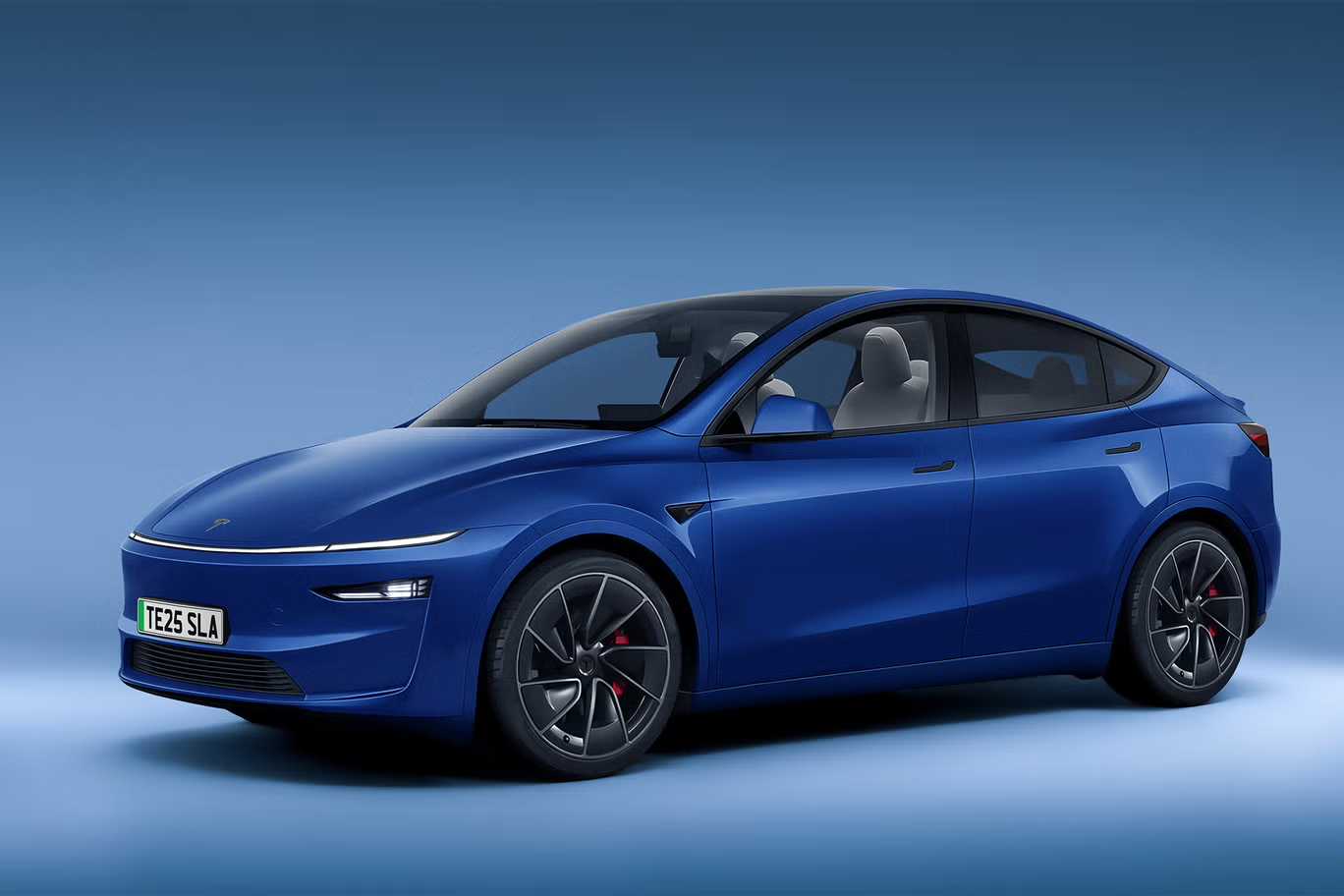The idea of using the massive batteries in electric vehicles (EVs) to power households and export energy to the grid seems like a simple one, but executing it has required years of behind-the-scenes regulatory work.
Now, vehicle-to-grid charging (V2G) technology has cleared a key regulatory hurdle, opening the way for EV owners to use their cars as “batteries on wheels”, potentially saving on energy bills and even earning money exporting energy to the grid.
Federal Minister for Climate Change and Energy Chris Bowen says V2G will be “a reality by Christmas this year”.
But industry experts say V2G chargers are unlikely to be widely available until next winter.
Here’s what you need to know to take advantage of V2G.
What is V2G?
Adelaide man Jai Nankivell installed a Wallbox Qasar 1 V2G charger in his garage last year and hooked it up to his 2019 Nissan Leaf’s 50 kilowatt-hour battery.
He uses the car to soak up the energy generated by his rooftop solar array during the day and then exports that energy to the grid in the evening, when the supply of electricity falls (because the Sun isn’t shining on solar arrays) as demand peaks (due to household appliances like ovens being switched on).
“The car battery is enormous compared to whatever you’re using in the house,” he says.
“It can export to the grid for five hours straight and then continue running the house overnight and still get me to work and back.”
EV batteries are typically 50–100kWh, or five to 10 times the size of a large home battery.
The charger including installation cost him $15,000.
Jai says he’s earned about $1,000 in the past year exporting to the grid and (if he didn’t already own a home battery) would have saved several times this in energy bills through storing rooftop solar energy during the day, and then running the home off this electricity.
“If you’re paying $200–$300 per month on electricity then with V2G you could — in theory — pay very little per month.”




